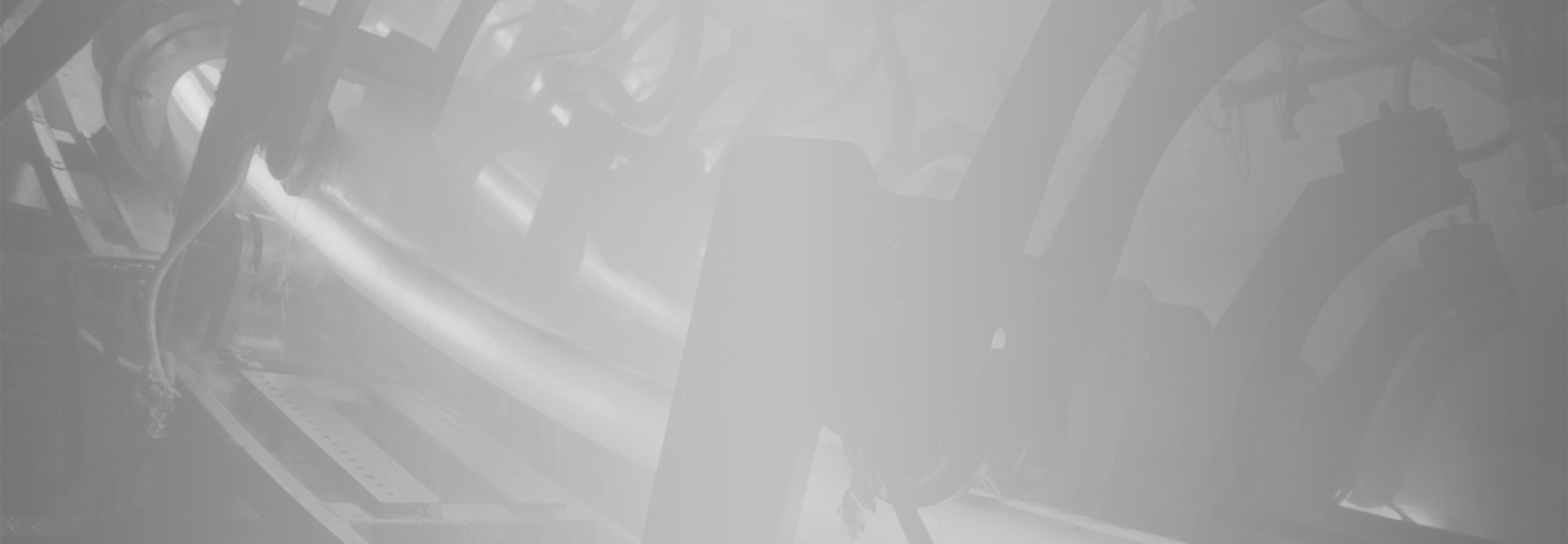Dec . 03, 2024 18:01 Back to list
Steel Production Process Using Iron Ore as the Primary Material
Steel Making from Iron Ore A Comprehensive Overview
Steel making is a pivotal process in modern manufacturing, with iron serving as its foundational element. The journey from iron ore to steel involves several intricate steps that transform raw, naturally occurring minerals into one of the most vital materials used across various industries. This article explores the process of steel making from iron ore, focusing on the key techniques and innovations that have shaped this essential practice.
Understanding Iron Ore
Iron ore is primarily composed of iron oxides and comes in various forms, including hematite, magnetite, and limonite. The most common source for steel production is hematite, which contains a higher percentage of iron. Mining these ores involves extracting them from the Earth’s crust, after which they must be processed to remove impurities and concentrate the iron content.
The Blast Furnace Process
The traditional method for steel making from iron ore is the blast furnace process. This method has been predominant for over a century and involves several stages
1. Charging the Furnace The blast furnace is charged with layers of iron ore, coke (a form of carbon derived from coal), and limestone. Coke serves as a reducing agent, helping to extract iron from its ore.
2. Combustion Once charged, a hot air blast is introduced at the furnace's base. This air ignites the coke, leading to high temperatures that can exceed 1,500 degrees Celsius (2,732 degrees Fahrenheit). The combustion reaction generates carbon monoxide, which reacts with the iron ore to produce molten iron and carbon dioxide.
3. Formation of Slag Limestone acts as a flux, combining with impurities like silica to form slag. This byproduct is less dense than molten iron and floats on top, allowing for easy removal.
4. Tapping the Furnace As the furnace operates, molten iron collects at the bottom, ready to be tapped and transported for further processing. The slag is also tapped off periodically.
steel making from iron ore

Open Hearth and Basic Oxygen Process
While the blast furnace remains the cornerstone of iron extraction, other processes have been developed for converting pig iron into steel
- Open Hearth Process This older method involves melting pig iron and scrap steel in a shallow furnace with a basic lining. Heat is supplied by a burner, and after several hours of refining, the steel produced emerges as a high-quality product. This method has mostly been phased out in favor of more efficient techniques.
- Basic Oxygen Process (BOP) The BOP revolutionized steel making in the mid-20th century. It involves blowing oxygen through molten pig iron to reduce its carbon content and remove impurities. This method is faster and more efficient than the open hearth approach, allowing for better control over the final product’s composition.
Modern Innovations
In recent years, innovations in steel production have prioritized environmental sustainability and efficiency. The Electric Arc Furnace (EAF) method, which primarily uses recycled steel scrap, has gained popularity due to its lower carbon footprint. EAFs utilize electric arcs to melt scrap steel, making it an energy-efficient and environmentally friendly alternative to traditional methods.
Additionally, advances in automation and data management have improved process efficiency and product quality. Real-time monitoring systems ensure that each stage of production is optimized, reducing waste and enhancing the overall performance of steel manufacturing.
Conclusion
Steel making from iron ore is a complex yet fascinating process that forms the backbone of modern industrial society. From the extraction of iron ore to the various methods of converting it into steel, each step involves a rich history of innovation and adaptation. As the demand for steel continues to grow, the industry faces the dual challenge of meeting this need while also striving for increased sustainability and efficiency. Embracing new technologies and processes will be essential for the steel industry's future, ensuring that it remains a cornerstone of global infrastructure and development.
-
Fe-C Composite Pellets for BOF: Enhance Steelmaking Efficiency
NewsAug.07,2025
-
Eco-Friendly Granule Covering Agent | Dust & Caking Control
NewsAug.06,2025
-
Fe-C Composite Pellets for BOF: High-Efficiency & Cost-Saving
NewsAug.05,2025
-
Premium Tundish Covering Agents Exporters | High Purity
NewsAug.04,2025
-
Fe-C Composite Pellets for BOF | Efficient & Economical
NewsAug.03,2025
-
Top Tundish Covering Agent Exporters | Premium Quality Solutions
NewsAug.02,2025
